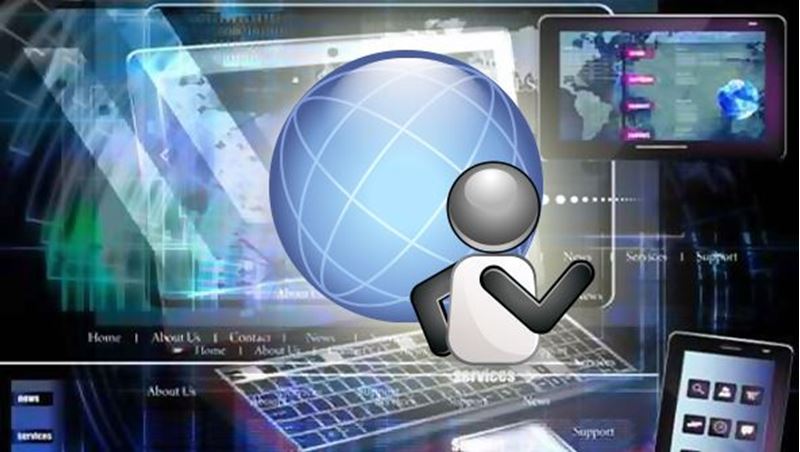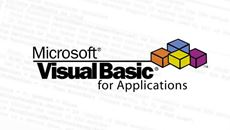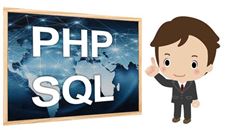- Delivery Method Online
- Professional Certificate
- 24hrs Suggested Study Time
- 3 Months Access
- Tutor Support
- Study On Any Device
- 2559 Students
Programming Fundamentals

Take your first steps toward a career as a computer programmer as you master basic programming concepts and get hands-on practice in writing applications containing GUIs, sound, and graphics.
Take your first steps toward a career as a computer programmer! In this course, you'll learn to use Just BASIC, a free Windows programming language, to create stand-alone applications for professional or personal use.
As you explore the BASIC programming language, you'll learn how to work with graphical user interfaces, controls, variables, arrays, conditional logic, and loops. You'll also examine subroutines, functions, and debugging. After that, you'll discover how to add sound and graphics to your Just BASIC programs. To reinforce the concepts in each lesson, you'll create a working computer-game application.
Even if you've never programmed before, you'll find it easy to follow the step-by-step instructions in each lesson. By the end of the course, you'll have the skills and confidence you need to program in BASIC and design your own custom applications for home, school, or work.
Courses are delivered to you through expertly executed lessons, online instruction and interaction with like-minded students. Our courses are designed to deliver all of the benefits of studying in a classroom whilst giving you the flexibility to study at a time and place to suit your needs. You can access your classroom 24/7 from any device with an internet connection.
This course has a 3 month duration. You'll complete comprehensive lessons, quizzes and assignments before submitting your final exam at the end of the course to achieve your certificate. Courses must be completed within the 3 month access period.

Richard Blum
Richard Blum has been an IT industry professional for over 18 years, working mainly as a network and systems administrator. During this time, he has worked with Microsoft, Novell, Unix, and Linux servers, and has created Web sites using a variety ... Read more
Read Richard Blum's ProfileFrequently Asked Questions
What people are saying about our courses
The Learning Environment
From the moment that you enrol in the Programming Fundamentals you will become an integral part of our learning community. You'll find yourself with the freedom to learn at a speed that suits you, on any device, from anywhere in the world. Achieving your career goals no longer has to mean compromising family and work commitments.
Ready to get started?
Enrol NowOur Values
Learn At Your Own Pace
We believe in personalised learning. That's why we provide all the tools and support you need to succeed at your own pace. With flexible learning, you'll stay motivated and retain more information. Plus, you can balance your studies with work and family commitments to make your dreams a reality.
We Won't Break The Bank
Education should be accessible to anyone who wants to learn. That's why we offer some of the most competitive prices in the industry with payments plans for just $25 per week. Investing in your future is a smart choice and doesn’t have to break the bank.
Industry-Led Courses
There's no better way to learn than from experts with years of experience in your field. That's why each of our 200+ industry-led courses are designed to give you a real-life perspective on your industry. With our expert mentors, you'll learn from people who have a wealth of knowledge and experience, and who are passionate about sharing it with you.
Get The Personal Support You Deserve
At Vibe Learning, we're real people who are dedicated to providing you with personal support every step of the way. Our industry experts are not only professional and knowledgeable but also incredibly passionate about sharing their expertise with you. With their guidance, you'll gain invaluable insights and practical knowledge to help you succeed.
Still looking?
Check out the following courses related to Programming Fundamentals:


